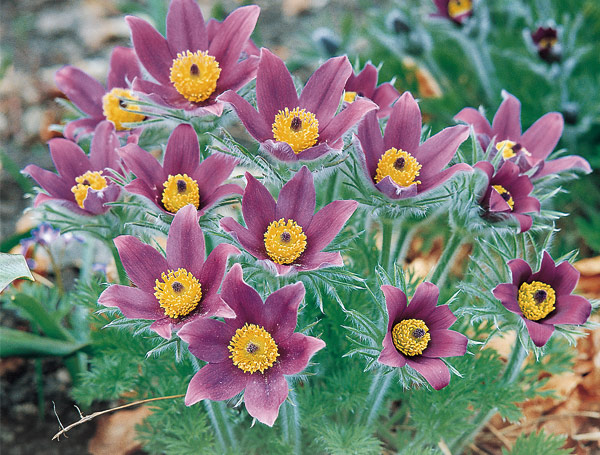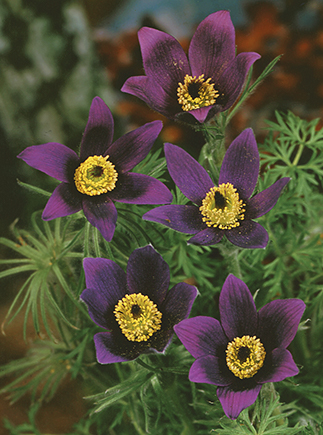I have a dwarf Japanese maple that gets a lot of sun. Last summer I noticed many of the leaf edges were brown and curled. That was the first time I’ve noticed it. The maple is planted near the front of the house so I see it every time I come home. My neighbor had the same problem with his two trees as well.
Although Japanese maples (Acer palmatum) can handle full sun, they do need protection from strong afternoon sun, heat, and wind. Otherwise they respond with the leaf scorch you are observing. Since this was the first time you had seen it, review any changes to the ambient shade it might have originally received in afternoons. Consider your watering frequency. Water thoroughly but less frequently. Make sure the soil is enriched with organic compost and that it is well-drained. Clay soil retains water and drains slowly, encouraging roots to rot. Watering every day never gives the soil a chance to dry out. Provide 2 to 2-1/2 inches of mulch over the root zone to stabilize the surface moisture loss between waterings and keep the soil temperature cooler. If there is no ambient tree shade for the potent afternoon sun, be creative and mount a golf umbrella to a stake to give protection to your favorite welcome-home specimen.
RELATED: Why are the leaves on my Japanese maple green?
READ MORE: More about Japanese Maples at the Morton Aboretum


